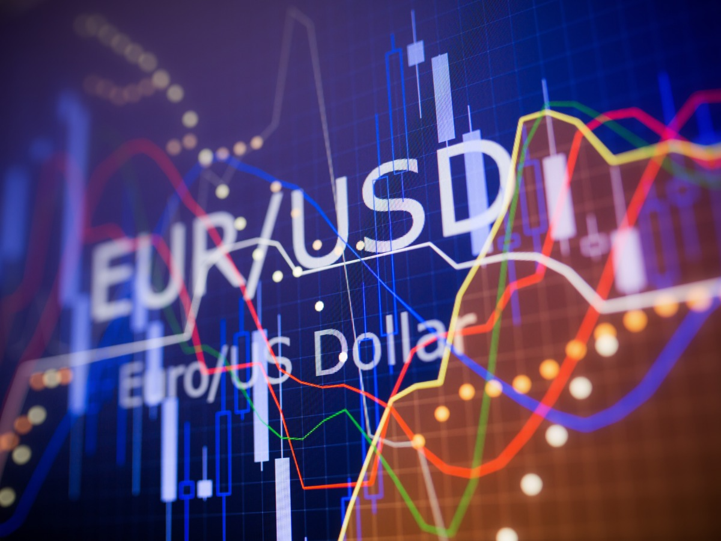A look at what is in store for EUR/USD, gold and oil to kick start March

The macroeconomic overview for the year ahead has changed dramatically in the last week as rising bond yields threaten to change the trends that have been in place since the market panic lows of March 2020. It is fitting that a year later, we are now looking at the consequences of the extreme monetary policy measures that were taken by central banks.
The key theme for the year ahead is now inflation and in the last weeks, traders have been moving early into alternative assets as a hedge for currency depreciation, particularly in the dollar. The expectations for inflation have been by hedge fund investors such as Bill Ackman, Paul Singer, and Michael Burry of "The Big Short" movie fame. Burry earned his reputation from outsized bets against the US housing market when the sub-prime mortgage boom was peaking.
EUR/USD

The inflation outlook is being proven by real economic data with Europe seeing a bounce in its latest inflation figures after facing stubborn deflationary pressures in 2020. Central banks had planned their first rate rises for 2023-24 and are attempting to shrug off the move in prices as transitory.
The latest uptick in prices has some hidden drivers, such as delayed New Year clothing discounts, but the indicators are moving higher while the countries are in full lockdown. In the UK, the Bank of England said households had built up £125 billion of savings and the figure could double by the time they are fully open in £250 billion. Some of this money will go on foreign travel, but there should be a flood of money moving around developed economies in the summer.
The Euro was criticizing the rise in the Euro last year and threatened intervention, but this threat may now have been removed and the ceiling for the Euro has been removed. The obstacle for the Euro is their slower vaccination program. The US has seen a quicker rollout of vaccines and could reopen its economy more quickly and this could help the US dollar.
The dollar has found some buyers at the 1.2300 level against the Euro but this may just be a pause. More important resistance is at the 1.2500 level and the single currency may wish to test that level but that will depend on the market reaction to the bond yield situation. If the dollar is used as a safe haven, then it could pressure further gains in the EURUSD.
GOLD
The price of gold has struggled since the July highs above $2,000 and the price has now closed below the $1,800 level on the monthly chart. The precious metal is now under threat of a larger pullback as the commodity faces headwinds to further gains.

Gold has been losing ground to Bitcoin in the last few months as an inflation and monetary policy hedge. Hedge funds and large corporate investors such as Tesla have started to move into the asset and this happened when ETF flows into gold were peaking.
Gold is now under threat from the rise in the US 10-year yield to 1.4% this week as investors see the potential for higher returns. The benchmark for bonds was at 0.5% in 2020 and we could see some action from central banks soon to bring down the price of yields. This would add further stimulus and could see flows into gold.
Gold may pullback into the middle of the year as the reopening of economies could boost the expectations that global growth can make government and central bank debt more manageable. If stimulus continues beyond the summer and economies stumble, gold could return to higher levels.
OIL
Oil bottomed at the $35 level in October and was boosted with the announcement of vaccines. The price of crude has now surged to $60 per barrel for WTI US crude and this is assisting the inflationary increase.
OPEC+ is now facing calls to add more supply to the market as the "glut" talked about in 2020 has disappeared. The Saudi-led group are reportedly meeting this week to discuss the situation, and this would put a near-term risk to oil's move higher. Crude was eyeing the $65 highs from January 2020, but we may see a pullback first.

Global oil inventories are dropping at their fastest rate in twenty year and the freezing temperatures in the US recently have also brought increased demand. There has been talk amongst traders of $100 oil again and central banks won't want add that to the reflationary environment.
Traders now expect the OPEC+ group, led by Saudi Arabia and Russia, to increase their production at their meeting on March 4th. The group has grudgingly cut production in recent years, which has lowered their income and pressured government budgets.
Expect to see some of the wind taken out of oil's sail in the weeks ahead. If OPEC doesn't act, the central banks will.

Kevin GeorgeResearch Analyst, Kohle Capital Markets




